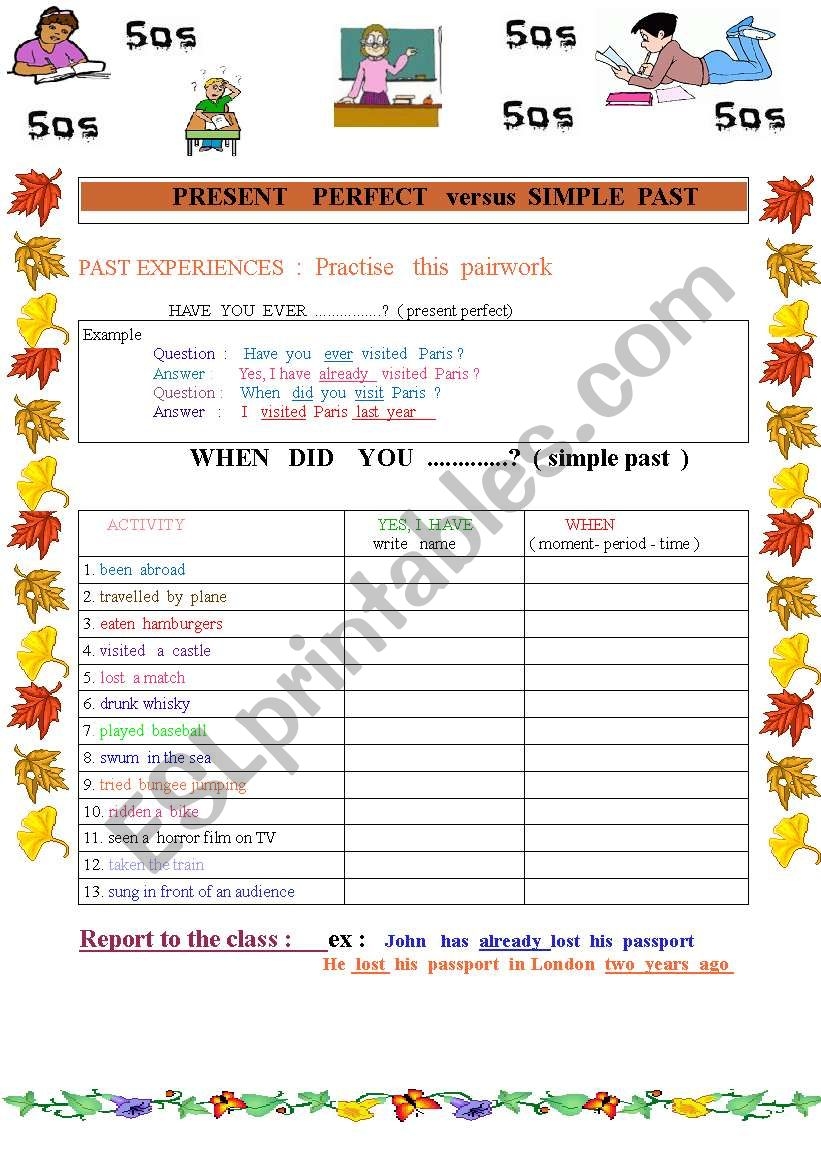Understanding the difference between present perfect and past simple tenses is essential for English language learners. These two tenses are commonly used in English, but they serve different purposes and are used in different contexts. By mastering the usage of present perfect and past simple, you can communicate more effectively and accurately in English.
Both present perfect and past simple are used to talk about actions that happened in the past, but there are key differences between them. Knowing when to use each tense can help you convey the timeline and relevance of events more clearly in your communication.
Present Perfect vs Past Simple
The present perfect tense is used to describe actions that happened at an unspecified time in the past or have a connection to the present. It is formed with the auxiliary verb “have” (or “has” for the third person singular) and the past participle of the main verb. For example, “I have visited Paris.” In this sentence, the action of visiting Paris is connected to the present moment.
On the other hand, the past simple tense is used to talk about actions that happened at a specific time in the past and are complete. It is formed by adding “-ed” to regular verbs or using the irregular form for irregular verbs. For instance, “I visited Paris last year.” Here, the action of visiting Paris occurred at a definite time in the past.
When deciding whether to use present perfect or past simple, consider the time frame of the action and whether there is a connection to the present. If the action happened at a specific time in the past and is complete, use past simple. If the action occurred at an unspecified time or has relevance to the present, use present perfect.
Practice and exposure to both tenses in context will help you master the distinction between present perfect and past simple. By using these tenses correctly, you can enhance your English language skills and effectively communicate about past events.
In conclusion, understanding when to use present perfect and past simple is crucial for English learners. By grasping the nuances of these two tenses, you can express past actions accurately and convey their relevance to the present. Keep practicing and applying the rules of present perfect and past simple to improve your English proficiency.
